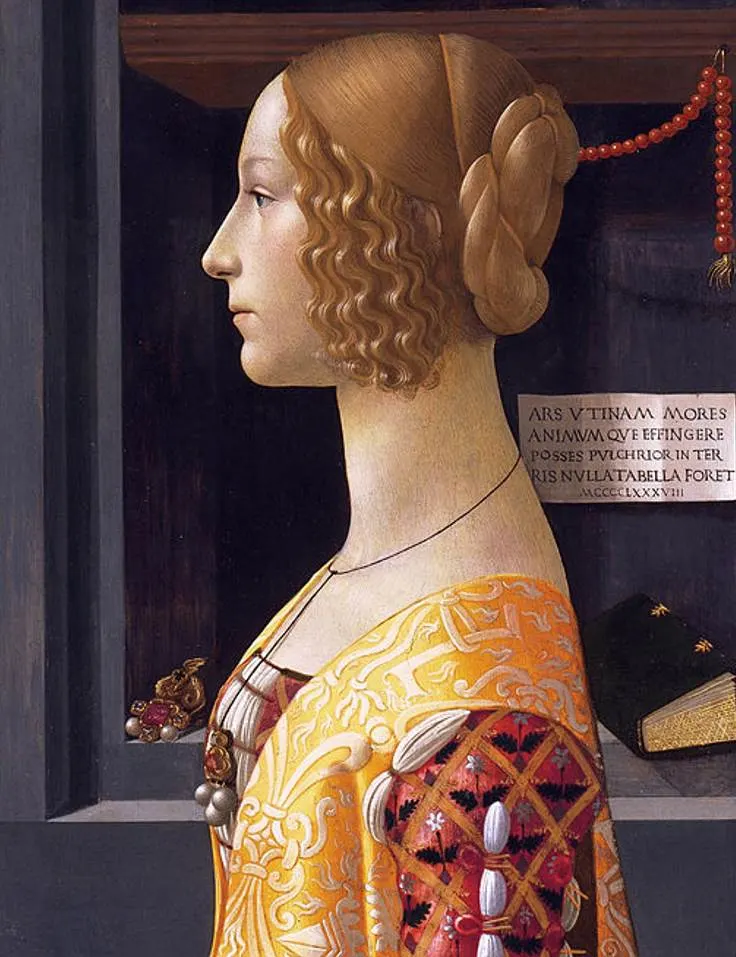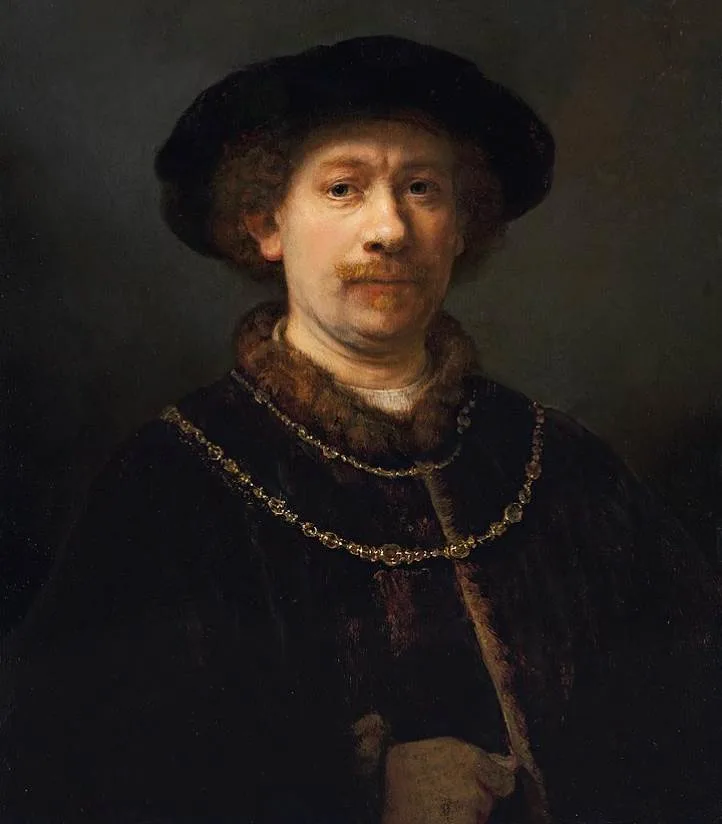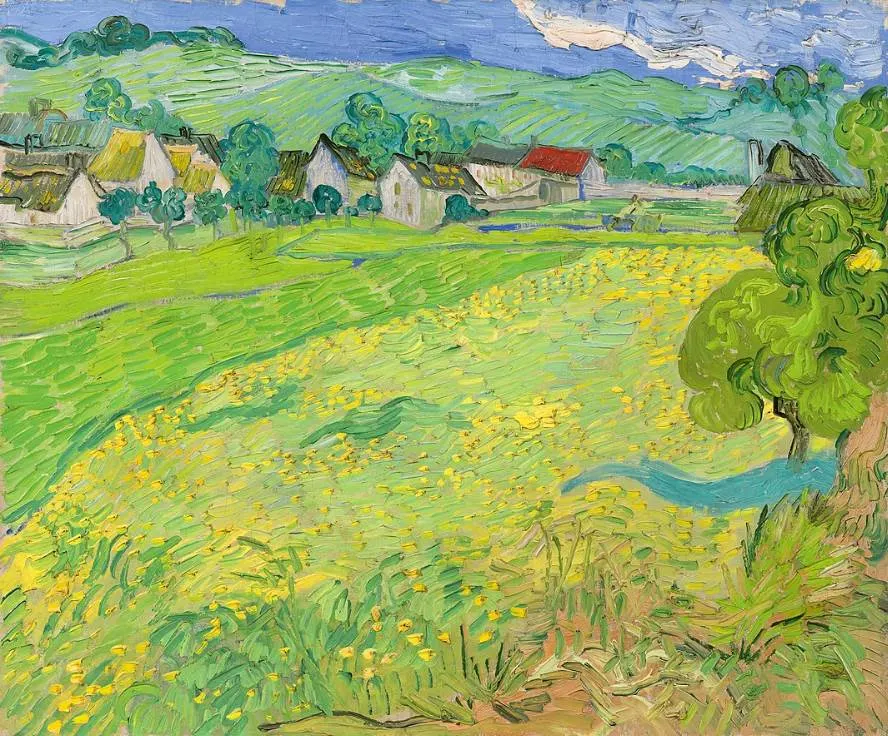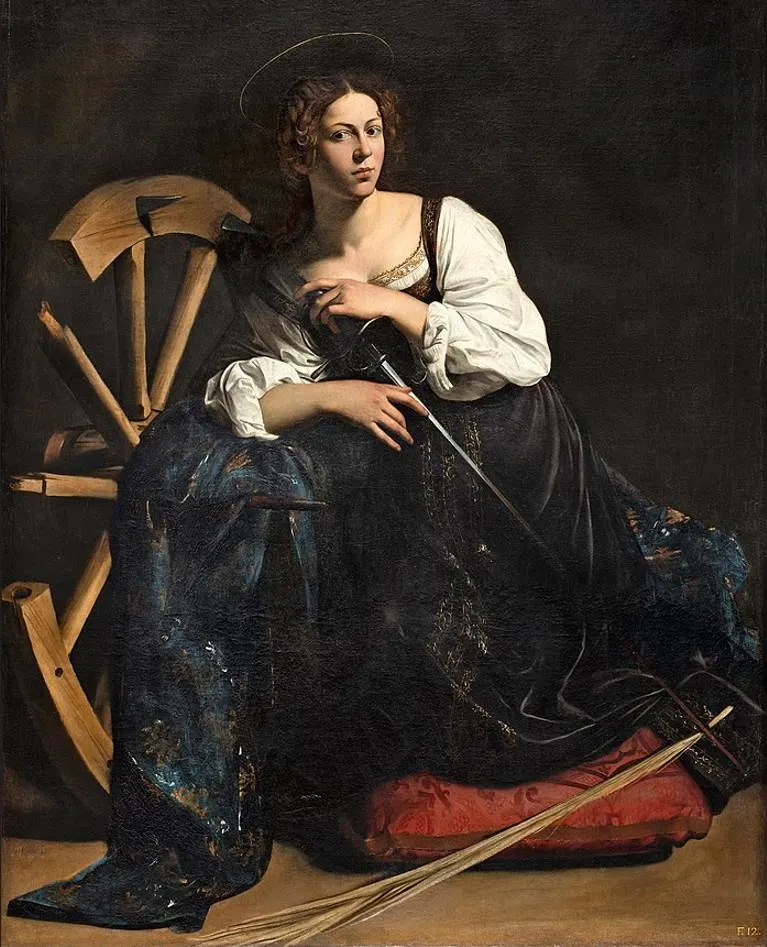If you want to enjoy art in Madrid then you are lucky. The 3 most popular museums in Spain’s capital city are located within walking distance from each other.
The so-called “Golden Triangle of Art” is situated just west of the Buen Retiro, a large public park in the heart of Madrid that was once occupied by an immense royal palace.
The Thyssen-Bornemisza National Museum or “Museo Nacional Thyssen-Bornemisza” is commonly referred to as simply “The Thyssen.”
It’s the youngest of the 3 museums as it only joined the Prado Museum (dedicated to the Old Masters) and the Reina Sofia Museum (dedicated to modern art) in 1992, the year it first opened its doors.
The Thyssen can be described as a combination of the two as it features Renaissance paintings, masterpieces of modern art, and just about everything in between.
The collection of 1,600 paintings of German-Hungarian art collector Heinrich Thyssen (1875-1947) was once the second-largest private collection in the world after the British Royal collection.
Today, it’s on public display in a splendid mansion near the Prado. In this article, you’ll discover some of the most famous paintings at the Thyssen-Bornemisza Museum.
1. Annunciation – Jan van Eyck
- Date created: 1439
- Dimensions: 39 × 24 centimeters (15.3 × 9.4 inches)
Annunciation is the title of a relatively small diptych panel painting by Early Netherlandish Master Jan van Eyck (1390-1441). It’s not to be confused with his other work titled “The Annunciation” which he completed between 1434 and 1436. This van Eyck painting is part of the collection of the National Gallery of Art in Washington D.C.
The work in Madrid was painted in Grisaille. He incorporated a trompe-l’œil effect which makes the Archangel Gabriel and the Virgin Mary appear as sculptures. The figures in this work closely resemble those of the exterior panels of his most famous painting, the Ghent Altarpiece, which he completed in 1432.

2. Young Knight in a Landscape – Vittore Carpaccio
- Date created: 1510
- Dimensions: 218 × 152 centimeters (86 × 60 inches)

Young Knight in a Landscape is an enthralling painting by Renaissance artist Vittore Carpaccio (1465-1526). It was completed in 1510 and if this is indeed a portrait, it’s considered to be the first full-length portrait in the history of Western Art.
This notion is the most innovative aspect of the painting because the artist of the Venetian School incorporated a style that resembles the late-Gothic period of the 15th century. He did, however, integrate an excellent sense of realism which makes this large painting an amazing attraction at the Thyssen-Bornemisza Museum.

3. Portrait of Giovanna Tornabuoni – Domenico Ghirlandaio
- Date created: 1490
- Dimensions: 77 × 49 centimeters (30 × 19 inches)
The Portrait of Giovanna Tornabuoni is a Renaissance painting by an Italian artist from Florence named Domenico Ghirlandaio (1448-1494). The painting was commissioned by the depicted woman’s husband Lorenzo Tornabuoni. While this might seem sweet, the painting has a tragic backstory.
The Florentine noblewoman Giovanna degli Albizzi died in childbirth two years before this painting was completed. The painting is full of symbolic references to this event, including the year mentioned on the piece of paper behind her which states 1488.

4. Self-portrait wearing a Hat and two Chains – Rembrandt
- Date created: 1642
- Dimensions: 72 x 54.8 centimeters (28.3 x 21.5 inches)
Self-portrait wearing a Hat and two Chains is the title of one of the nearly 80 self-portraits that Rembrandt van Rijn (1606-1669) completed. These paintings can be classified as an artistic autobiography of the Dutch artist who lived during the Dutch Golden Age in the 17th century.
The quality of his self-portraits is another element that distinguishes them from just about every other artist in history. His perfect use of light and shadow to highlight his state of mind is amazing. This self-portrait is considered to be one of his finest paintings, a remarkable notion considering he produced so many masterpieces.

5. Venus and Cupid – Peter Paul Rubens
- Date created: 1606-1611
- Dimensions: 137 x 111 centimeters (53.9 x 43.7 inches)
Venus and Cupid is a painting by Rubens (1577-1640), the Baroque master who defined the Baroque style of painting in the first half of the 17th century. It’s believed that Peter Paul Rubens was inspired by a painting by Titian titled “The Toilet of Venus” which was part of the Spanish Royal Collection.
This theory is strengthened by the fact that he included the same ring and bracelet that the Italian master included in his painting. The exact date when this painting was completed is uncertain. It was either completed during his extensive stay in Italyor shortly after he returned to his native land to settle in Antwerp.

6. The Piazza San Marco in Venice – Canaletto
- Date created: 1723-1724
- Dimensions: 141.5 x 204.5 centimeters (55.7 x 80.5 inches)
The Piazza San Marco in Venice is the title of one of the numerous 18th-century cityscapes produced by Venetian master Giovanni Antonio Canal (1697-1768), better known by his nickname “Canaletto.” It depicts the most famous square in Venice in the way it appeared in the 1730s.
The artist painted the square from an elevated point of view which means he could add more details about the buildings in Venice. We have a great view of St Mark’s Basilica, the original version of St Mark’s Campanile which dominated the composition, and part of the Doge’s Palace.

7. The See-Saw – Jean-Honoré Fragonard
- Date created: 1750-1752
- Dimensions: 120 × 94.5 centimeters (47 × 37.2 inches)
The See-Saw is a painting by Fragonard, a French painter and one of the leading artists of the Rococo era in the 18th century. Jean-Honoré Fragonard (1732-1806) produced some of the most famous Rococo paintings in history, although the movement abruptly ended at the end of the Ancien Régime in France.
The light color palette of the entire composition, the idyllic setting, and the veiled eroticism are all elements that define Rococo. The style was immensely popular at the French court and spread throughout Europe. The See-Saw is an exemplary painting of this frivolous art movement.

8. Les Vessenots in Auvers – Vincent van Gogh
- Date created: May 1890
- Dimensions: 55 x 65 centimeters (21.6 x 25.5 inches)
Les Vessenots in Auvers is a painting by Vincent van Gogh (1853-1890) and one of the many colorful paintings in the artist’s oeuvre. The vivid colors of this painting are in sheer contrast with the state of mind that the artist was in just a few months before he committed suicide in July 1890.
The painting depicts cottages that were located just outside of Auvers-sur-Oise. This was the town where he lived during the final months of his life on the northwestern outskirts of Paris. It’s one of many landscapes that he produced during the final months of his life, mostly depicting the scenery in or just outside of this town.

9. Saint Catherine of Alexandria – Caravaggio
- Date created: 1598-1599
- Dimensions: 173 × 133 centimeters (68 × 52 inches)
Saint Catherine of Alexandria is a painting by Caravaggio (1571-1610), the Baroque master who can be described as a troubled genius. He redefined chiaroscuro by taking the use of light and shadow to another dimension, especially during the final years of his life.
This painting depicts the famous Christian martyr Saint Catherine of Alexandria. She was martyred in the early 4th century during the severe persecution of Christians in the Roman Empire around this time. It was commissioned by Cardinal Francesco Maria Del Monte, an early patron of Caravaggio.

10. Dream Caused by the Flight of a Bee – Salvador Dalí
- Date created: 1944
- Dimensions: 51 × 40.5 centimeters (20 × 15.9 inches)
Dream Caused by the Flight of a Bee is one of the most peculiar Surrealist paintings by Salvador Dalí (1904-1989). The Spanish artist originally titled the painting “Dream Caused by the Flight of a Bee Around a Pomegranate a Second Before Awakening.”
The nude woman in the painting is believed to depict the artist’s wife Gala Dalí as she is about to awaken from her strange dream. It’s one of the paintings in which Dalí attempted to visualize the world of dreams. The elephant in the background was inspired by a Bernini sculpture in Rome called Elephant and Obelisk, a recurring element in his works.

